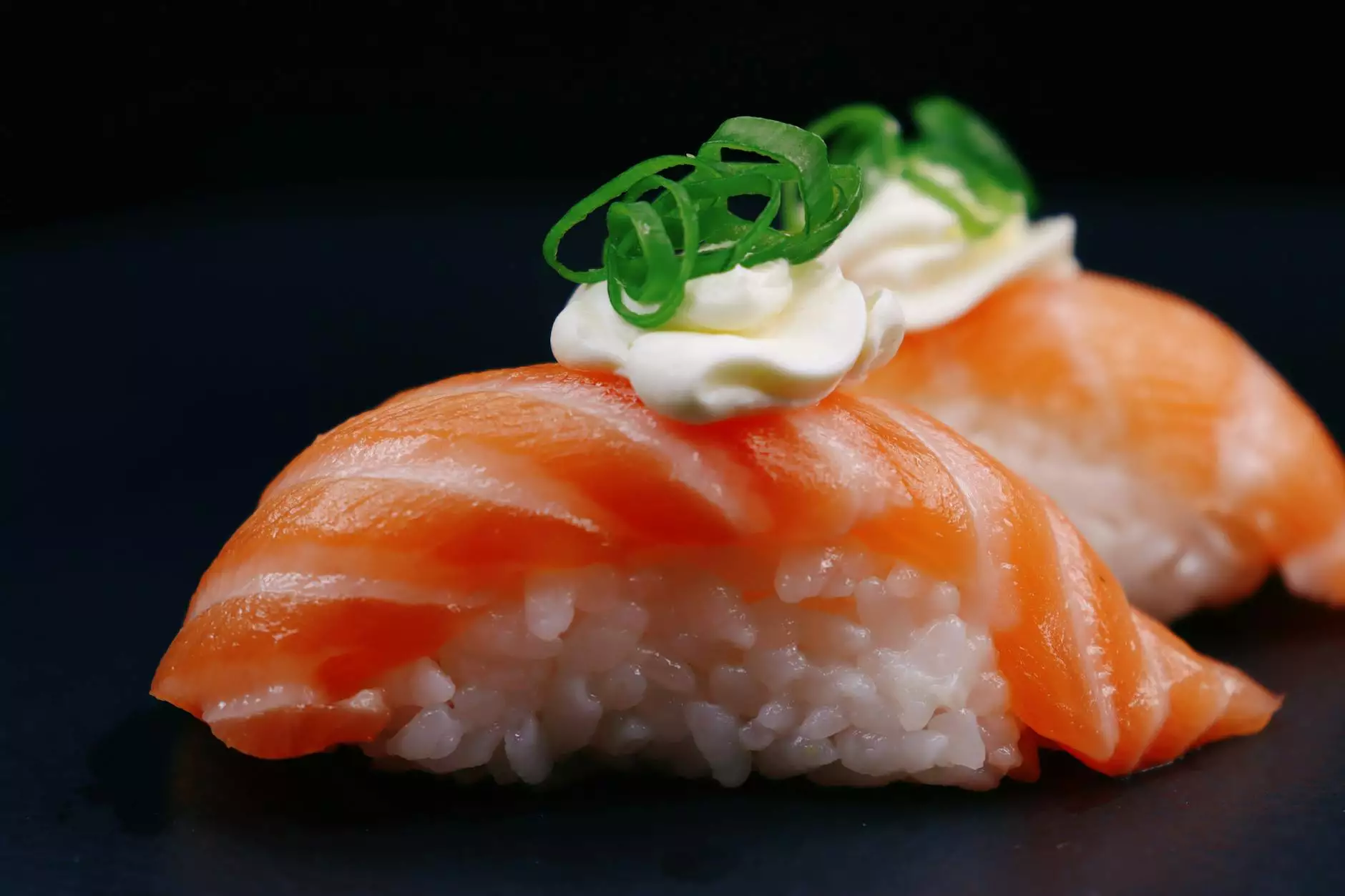Growing Wasabi Root: A Journey into the World of Japanese Cuisine

Wasabi is more than just a spicy condiment; it is an integral part of Japanese cuisine, frequently accompanying sushi and other dishes. The journey into growing wasabi root begins with understanding this unique plant's biological and environmental needs. In this article, we will explore the intricacies of cultivating wasabi, its culinary significance, and how it can enhance the dining experience at restaurants, sushi bars, and Japanese eateries.
The Botany of Wasabi: Understanding the Plant
Wasabi, or *Wasabia japonica*, is a perennial plant native to Japan. It thrives in cold, running water and is often found growing along riverbanks in its native habitat. Understanding the botanical characteristics of wasabi is crucial for successful cultivation.
- Family: Wasabi belongs to the Brassicaceae family, which includes other plants like mustard and cabbage.
- Physical Characteristics: The plant can grow up to 80 cm in height with broad, heart-shaped leaves and thick rhizomes.
- Flavor Profile: Unlike horseradish, wasabi has a unique flavor that provides a pungent heat without overwhelming the palate.
Cultivating Conditions: The Ideal Environment for Wasabi
To successfully delve into growing wasabi root, you must replicate its natural environment. Here are some essential conditions that were taken from traditional methods of cultivation:
Climate
Wasabi prefers a temperate climate with cool, moist conditions. Ideal temperatures range from 8°C to 20°C. Extreme temperatures can hinder growth.
Water Source
Fresh, flowing water is fundamental to wasabi cultivation. A reliable water source, such as a spring or stream, is ideal, as stagnant water can lead to root rot.
Soil Composition
The soil for growing wasabi should be rich in organic matter with a pH between 6.0 and 7.5. Well-draining soil mixes, including sand and compost, can help create the perfect growing conditions.
Light Requirements
Wasabi thrives in partial shade. Too much direct sunlight can scorch the leaves, while too little light can hinder growth. A balance is key.
Propagation Techniques: How to Start Growing Wasabi
Once you have established the ideal environment, you can begin the process of growing wasabi root. Propagation can be done via rhizome cuttings or seeds.
Using Rhizomes
The most common method for propagating wasabi is through rhizome cuttings. Here’s how:
- Select a healthy rhizome with at least two nodes.
- Cut the rhizome into sections, ensuring each piece is about 10 cm long.
- Plant the cuttings in the prepared soil, ensuring the pointed end is facing up.
- Water gently to settle the soil around the cuttings.
Seed Propagation
Growing wasabi from seed is less common but can be rewarding. Follow these steps for seed propagation:
- Soak the seeds in cold water for 24 hours to encourage germination.
- Scatter the seeds on the surface of the prepared soil.
- Cover lightly with soil and maintain consistent moisture.
- Expect germination to occur within 2-3 weeks.
Maintenance and Care for Wasabi Plants
Once established, wasabi plants require regular maintenance for optimum growth. Here are a few care tips:
Watering
Consistent moisture is essential. Water regularly and ensure the soil never dries out. However, avoid waterlogging, which can damage the roots.
Fertilization
Applying a balanced organic fertilizer every few months can promote healthy growth. Look for fertilizers high in nitrogen, as this nutrient is crucial in vegetative development.
Pest Management
Keep an eye out for pests such as aphids and snails. Organic pest control methods, such as insecticidal soap, can help manage any infestations without harming the plant.
Harvesting Wasabi
Wasabi takes about 2 to 3 years to mature before the rhizomes are ready for harvest. Here's how to know when it's time to harvest:
- The leaves will start to yellow and die back.
- Feel the rhizomes; they should be firm and about 25-30 cm long.
When harvesting, carefully dig around the base of the plant to avoid damaging the rhizome. Once harvested, wash the rhizome and refrigerate it to preserve freshness.
The Culinary Significance of Wasabi
In Japanese cuisine, wasabi is celebrated not just for its flavor but also for its health benefits. Incorporating freshly grated wasabi into dishes can elevate them significantly.
Fresh vs. Processed Wasabi
Many restaurants, sushi bars, and home cooks often use processed wasabi, which is typically a mixture of horseradish and artificial colorings. However, nothing compares to the flavor of fresh wasabi root. It offers a cleaner, more complex taste that enhances the flavor profile of sushi, sashimi, and even grilled meats.
Health Benefits
Wasabi is known for numerous health benefits, making it a favorite in many modern health-conscious diets:
- Anti-inflammatory Properties: Wasabi compounds can help reduce inflammation.
- Antimicrobial Effects: Wasabi may have properties that help fight infections.
- Rich in Antioxidants: Provides natural protection against oxidative stress.
Conclusion: The Future of Growing Wasabi Root
As the demand for authentic Japanese cuisine grows around the globe, so does the interest in cultivating wasabi. For those keen on enhancing their culinary skills, learning about growing wasabi root can open new doors, offering unique tastes and healthy benefits. Restaurants and sushi bars, such as those associated with realwasabi.com, can set themselves apart by incorporating fresh wasabi into their menus, providing diners with an unparalleled experience. Embrace the challenges and rewards of this fascinating plant and become a part of the wasabi revolution!
In summary, growing wasabi is not only a passion project for many gardening enthusiasts; it's also a fulfilling endeavor that bridges the gap between agriculture and the flourishing world of Japanese culinary arts. Start your journey today and watch your efforts bloom into flavorful results!



